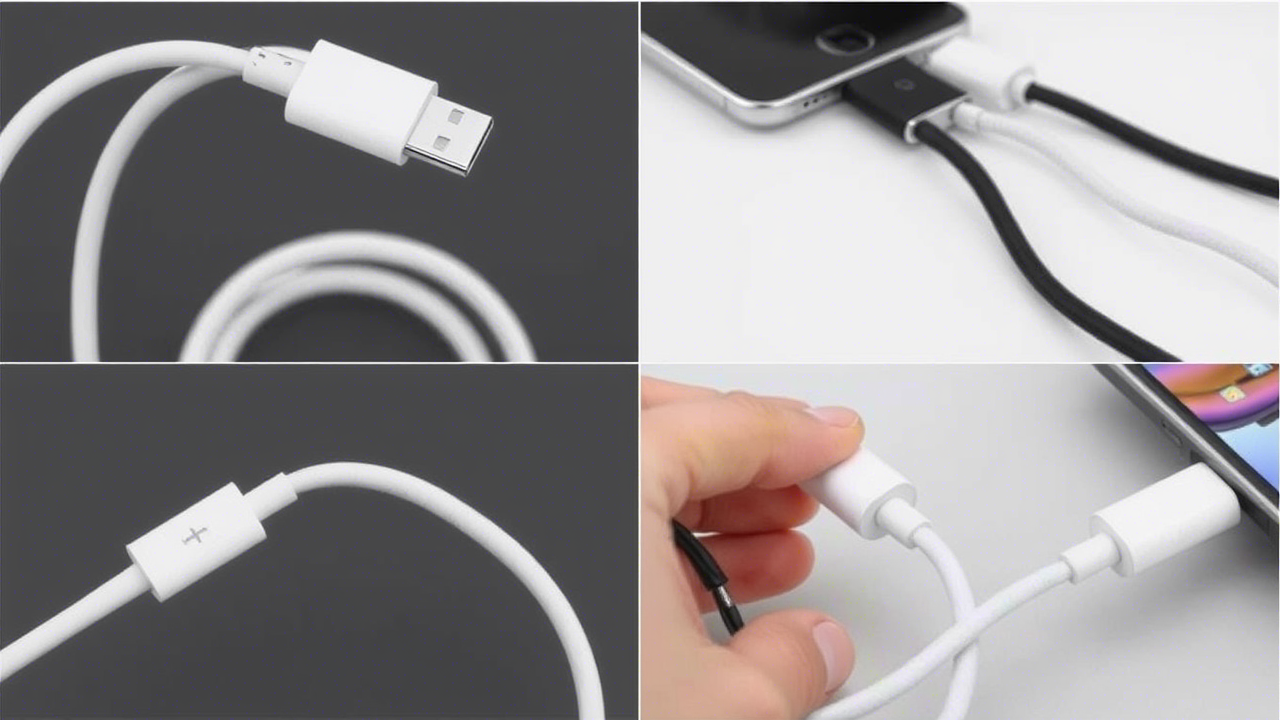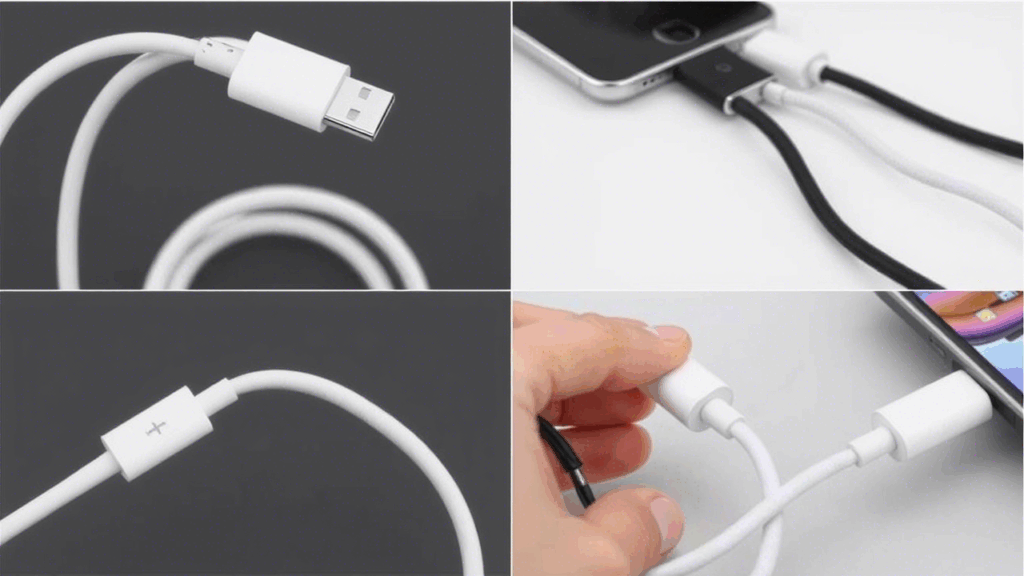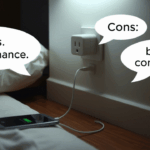Charging Cable Durability Comparison: Finding the Right Balance
In our daily lives, charging cables are essential yet often overlooked—until they stop working. A frayed or broken cable can be frustrating, especially when it happens sooner than expected. But not all cables are created equal. Some last for years, while others barely make it past a few months.
So, what makes a charging cable durable? And how do different options compare? Let’s take a calm, practical look at the factors that determine cable longevity and which types might be best for your needs.

What Affects Charging Cable Durability?
Several factors influence how long a cable lasts:
1. Build Quality & Materials
- Rubber vs. Braided Nylon: Standard rubber cables are flexible but prone to fraying. Braided nylon cables, on the other hand, are reinforced for extra durability.
- Connector Strength: The weakest point is often where the cable meets the connector. Reinforced stress points (like molded or metal casings) help prevent breakage.
2. Usage Habits
- Bending & Twisting: Frequent bending near the connector weakens the internal wires over time.
- Pulling by the Cord: Yanking a cable out by the cord instead of the connector strains the connection points.
3. Brand & Certification
- Apple MFi & USB-IF Certified: Certified cables meet industry standards for performance and durability.
- Off-Brand Cables: Cheaper alternatives may save money upfront but often lack quality control, leading to shorter lifespans.
Durability Comparison: Common Cable Types
| Cable Type | Durability | Best For |
|---|---|---|
| Standard Rubber | Low-Medium | Light, occasional use |
| Braided Nylon | High | Daily use, frequent travel |
| Kevlar-Reinforced | Very High | Heavy-duty, long-term use |
| Flat/Tangle-Free | Medium | Convenience, less strain |
Which Should You Choose?
- For Everyday Use: A braided nylon cable offers a good balance of flexibility and strength.
- For Rough Handling or Travel: Kevlar-reinforced or military-grade cables resist wear and tear better.
- For Minimal Use: A basic rubber cable may suffice if handled gently.
Tips to Extend Cable Life
Even the most durable cable can fail if mistreated. Here’s how to make yours last longer:
- Unplug Gently: Hold the connector, not the cord.
- Avoid Tight Bends: Store cables loosely coiled.
- Keep Away from Heat & Moisture: Extreme conditions degrade materials faster.
Final Thoughts
A good charging cable doesn’t have to be expensive, but investing in a well-built option can save frustration (and money) in the long run. Whether you prefer braided nylon for daily reliability or a rugged Kevlar cable for heavy use, choosing the right one depends on your habits and needs.
Next time you’re shopping for a cable, consider durability alongside price—because the best cable is the one that lasts.
What’s your experience with charging cable longevity? Have you found a particular brand or type that stands out? Share your thoughts in the comments.


